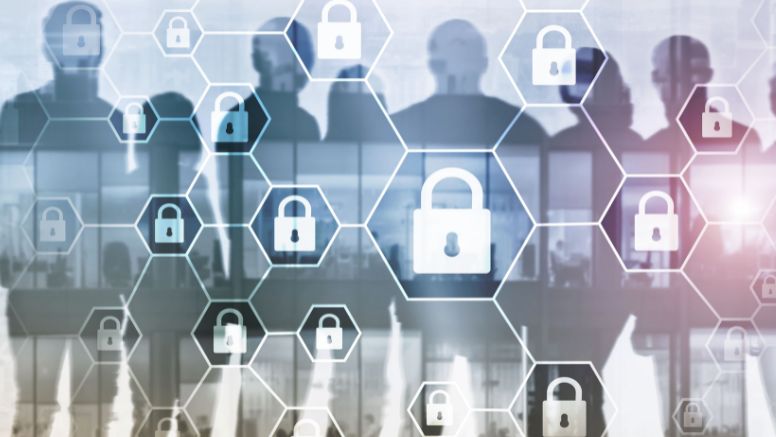
In the digital age, where data is the lifeblood of
organizations and cyber threats loom at every corner, building a robust
cybersecurity culture is no longer a choice but a necessity. A strong
cybersecurity culture not only promotes compliance with regulations but also
safeguards sensitive data, instills confidence in stakeholders, and ultimately
fortifies the organization against cyber threats. In this blog, we will explore
strategies for organizations to cultivate a cybersecurity culture that fosters compliance
and data protection.
- Leadership and Accountability : Lead by
Example
Creating a cybersecurity culture starts at the top. Leadership should champion cybersecurity initiatives and demonstrate a commitment to compliance and data protection. Leaders should set the tone, allocate resources, and establish clear accountability for cybersecurity within the organization. - Employee Training and Awareness:
Knowledge is Power
Empower your employees with the knowledge and skills to recognize and mitigate cyber threats. Regular training sessions and awareness campaigns can help employees understand the importance of cybersecurity and their role in protecting sensitive information. Cybersecurity education should be an ongoing process to keep employees updated on the latest threats and best practices. - Clear Policies and Procedures: The
Roadmap to Compliance
Establish clear and comprehensive cybersecurity policies and procedures. These documents should outline the organization's approach to data protection, incident response, and compliance with industry regulations. Employees should have easy access to these policies and understand their roles and responsibilities. - Risk Assessment and Management: Identify
Weaknesses
Regularly assess your organization's cybersecurity risks and vulnerabilities. Identify weak points in your systems and processes, and prioritize efforts to mitigate them. By understanding potential threats, you can proactively address them before they turn into breaches. - Incident Response Plan: Be Prepared
No organization is immune to cyber incidents. Having a well-defined incident response plan in place is essential. This plan should outline how to react to security breaches, who to contact, and the steps to contain, investigate, and recover from an incident. Practice drills and scenarios to ensure your team is prepared when a real incident occurs. - Technology and Tools: Invest Wisely
Use cutting-edge cybersecurity technologies and tools to protect your data. Firewalls, intrusion detection systems, encryption, and security software can help safeguard your organization's digital assets. Regularly update and patch your systems to defend against the latest threats. - Third-Party Vendors: Extend the Culture
If your organization works with third-party vendors, ensure they adhere to the same cybersecurity culture and standards. Conduct due diligence to assess their security measures and compliance, as they can also pose a risk to your organization. - Continuous Improvement: Evolve with the
Threat Landscape
Cybersecurity is an ever-evolving field. Organizations should stay informed about the latest cyber threats and adjust their strategies accordingly. Regularly review and update cybersecurity policies and procedures to align with the changing threat landscape. - Monitoring and Compliance Reporting:
Measure Progress
Implement monitoring systems to track compliance with cybersecurity policies and regulations. Regularly report on compliance status to leadership and stakeholders. This transparency helps maintain accountability and ensures that cybersecurity remains a priority. - Culture of Reporting: Encourage
Communication
Create a culture where employees feel comfortable reporting security incidents or potential vulnerabilities without fear of reprisal. Early detection and reporting are critical in preventing data breaches.

 +91 9594449393
+91 9594449393 +1 4847906355
+1 4847906355 +63 9208320598
+63 9208320598 +44 1519470017
+44 1519470017 +84 908370948
+84 908370948 +7 9639173485
+7 9639173485 +62 81808037776
+62 81808037776 +90 5441016383
+90 5441016383 +66 993367171
+66 993367171 +254 725235855
+254 725235855 +256 707194495
+256 707194495 +46 700548490
+46 700548490


